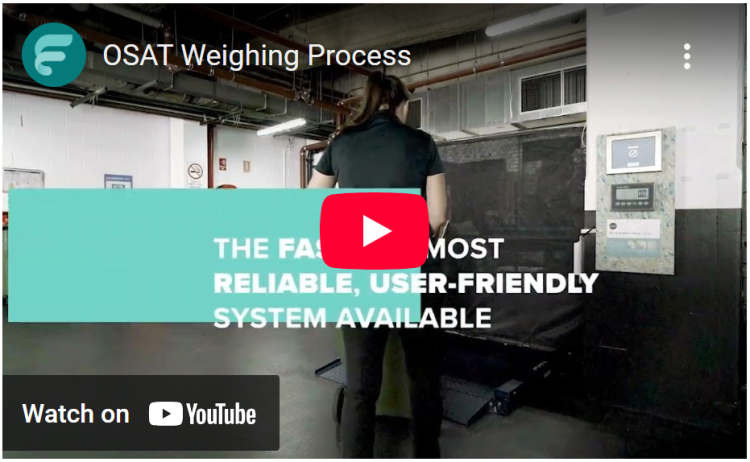23 February 2021
Musculoskeletal disorders affect one in four of us, and selecting the right safety footwear can significantly reduce the risk.
Simon Ash, UK Sales Manager at HAIX, discusses how employers can take a proactive approach to prevent this kind of injury by ensuring their workforce wear supportive footwear.
“The shape of the foot fluctuates throughout the day. Ideally, boots should be tried on in the afternoon to get an accurate size, ensuring comfort throughout the working day. You may also see the most significant changes to your foot's shape when sitting versus standing, so when trying on your boots it is best to emulate your movements at work; whether that means sitting, bending, standing or crouching.”
Imagine a pain that worsens with every step – an unforgiving aching or stiffness and the feeling that your muscles are always overworked. Musculoskeletal conditions are the leading contributor to disability worldwide. In the UK, the disorder affects one in four of the adult population. If your workforce lifts, carries, bends, crouches or sits for long periods in one position, they too may be at risk.
The burden musculoskeletal conditions put on worker health, organisational finances and the UK’s economy is devastating, yet it is preventable in many instances. Employers can take a proactive approach to prevent this kind of injury by ensuring their workforce wear supportive, high quality, comfortable footwear.
50 Per Cent of Workers are Exposed to Musculoskeletal Disorder Risk
Having access to the right footwear for the job is the most critical factor in foot protection. Research has shown that at least 50 per cent of workers are exposed to the risk of musculoskeletal disorders due to spending prolonged hours standing at work. The correct footwear supports the entire body and reduces the risk of injury.
Safety footwear should support the foot, ankle and lower limbs. This is achievable by choosing footwear designed with superior cushioning technology and constructed from smarter materials. Modern materials used in the interior lining of boots can help prevent blisters and soft-tissue injury by reducing friction and pressure. Discomfort, whether from ill-fitting footwear or from friction injuries such as blisters, can lead to changes in natural body posture while standing or walking.
When suffering such injuries, we may tend to “favour” weight-bearing on a non-injured foot (limping, for example), or standing in an unnatural position to avoid pain or discomfort. This can lead to strain or injury in turn, or if left uncorrected longer term can potentially lead to more serious musculoskeletal disorders. It is important to invest in boots with a climatic control system that regulates temperatures within the boot because damp feet are more likely to experience friction injuries. If your footwear does not do the above, give it the boot.
International Safety Standards
You can also check to see if your boots meet international safety standards. The EN ISO 20345 standard, for example, includes features to protect against thermal and mechanical hazards. As well as meeting all the required product standards, key boot features should always include: slip resistance, a lightweight toecap, heel grips and shock absorption. Another benefit is adjustable, easy to use lacing because it makes putting boots on and taking them off faster and easier, so wearers aren’t at risk of potential injury or wasted time struggling to get boots on or off.
A key feature to look for when buying work boots is that they actively work to correct foot posture, which can help reduce lower body and back pain by aligning the spine properly. Doing so will reduce musculoskeletal disorders and provide superior long term comfort.
The Best Time to Try on Shoes?
The shape of the foot fluctuates throughout the day. Ideally, boots should be tried on in the afternoon to get an accurate size, ensuring comfort throughout the working day. You may also see the most significant changes to your foot's shape when sitting versus standing, so when trying on your boots it is best to emulate your movements at work; whether that means sitting, bending, standing or crouching.
Over your lifetime, try to ensure that your feet are measured when buying new shoes. As we age, our feet naturally change shape and even size. You will also need to have both feet measured, and if one foot is bigger, choose the larger size.
Sizing Not an Exact Science
The concept of “one size fits all” does not strictly apply to work boots, which are manufactured in standardised sizes. The impact safety features have on overall comfort and fit mean that, for safety footwear especially, sizing is less than an exact science. Not every work boot will fit you properly, even if the “off the shelf” sizing is your usual size because your anatomy is unique.
Choosing the wrong boot can lead to long-term health effects and the potential for injury. Adaptability to suit individual foot shape is an important step in footwear design. One method for introducing this is to include a variety of easily-changeable insole options to better fit different foot shapes, from wide to narrow. The HAIX Vario fit system is an excellent example of how to improve wearer comfort and boot fit using this approach.
Ultimately, musculoskeletal injuries are a major problem in the workplace. When selecting safety footwear take it seriously, and consider both the long term benefits and potential impacts incorrect choices can have.
Picture: a photograph of Simon Ash holding some safety boots
Article written by Simon Ash | Published 23 February 2021
Share
Related Articles
British Safety Industry Federation Warns Against Non-Compliant Safety Footwear
The British Safety Industry Federation is urging those responsible for procuring and specifying safety footwear to be aware of non-compliant items for sale in the...
Read Full Article
PPE May Be Responsible for Dermatitis Increase
More than one in ten workers suffer from occupational dermatitis, potentially exacerbated by PPE being worn for long periods and hand sanitiser use.
UK PPE supplier...
Read Full Article
Shell Fined £560,000 After Failing to Maintain Pipework
Shell has been fined after pipework at its Brent Charlie platform in the North Sea deteriorated to such an extent that contained hydrocarbon fluids escaped.
This could...
Read Full Article
Mental Health Conditions Remain Primary Driver of Work-Related Illness
The Health and Safety Executive has published its annual statistics on work-related ill health and workplace injuries for 2024/25.
Mental health conditions remain the...
Read Full Article
Company Fined £165,000 for ‘Blatant Disregard’ for Fire Safety in Preston Redevelopment
A construction firm has been fined for repeatedly ignoring fire safety precautions during the conversion of a Preston warehouse into residential apartments.
Lancashire...
Read Full Article
Budget Safety Shoes Sold on TikTok Recalled
Safety shoes sold on TikTok have been recalled following enforcement action by the Office for Product Safety and Standards.
The shoes were listed under multiple...
Read Full Article
124 People Killed in Work-Related Incidents in 2024-25
The Health and Safety Executive has published its annual workplace fatality statistics for 2024-2025, revealing that 124 people died in work-related incidents.
The...
Read Full Article
British Safety Industry Federation CEO Wins Lifetime Achievement Health & Safety Award
Alan Murray, the CEO of the British Safety Industry Federation, was presented with the Lifetime Achievement Award at the Safety & Health Excellence Awards...
Read Full Article
Substandard PPE Could be in Circulation in the UK
Safety testing has revealed an alarming amount of substandard and potentially hazardous PPE in Britain.
The British Safety Industry Federation tested 161 products from...
Read Full Article
Health and Safety Executive Celebrates 50th Anniversary
The national regulator for workplace health and safety turns 50 in 2025.
Watch the Video
>
The body was created on 1 January...
Read Full Article

.gif)
.gif)
.gif)



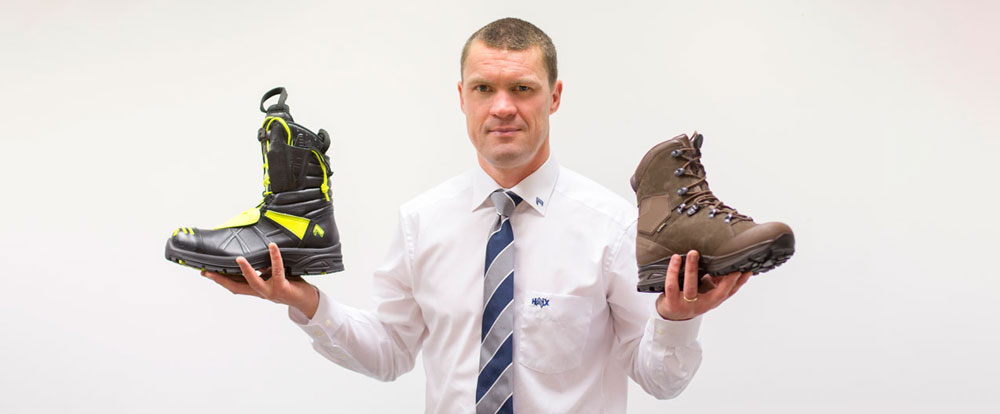
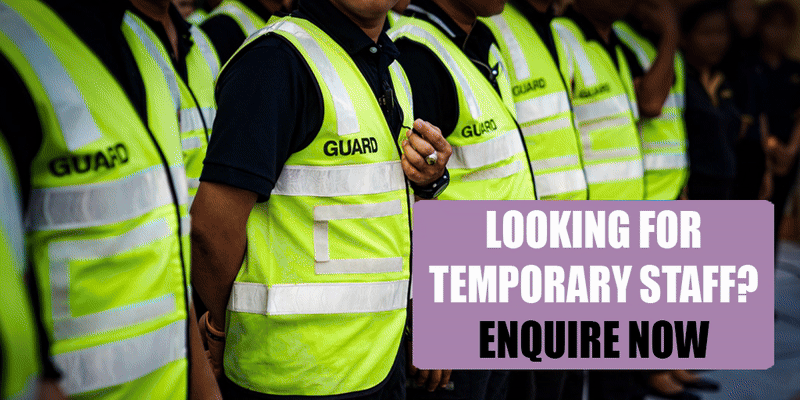
.png)

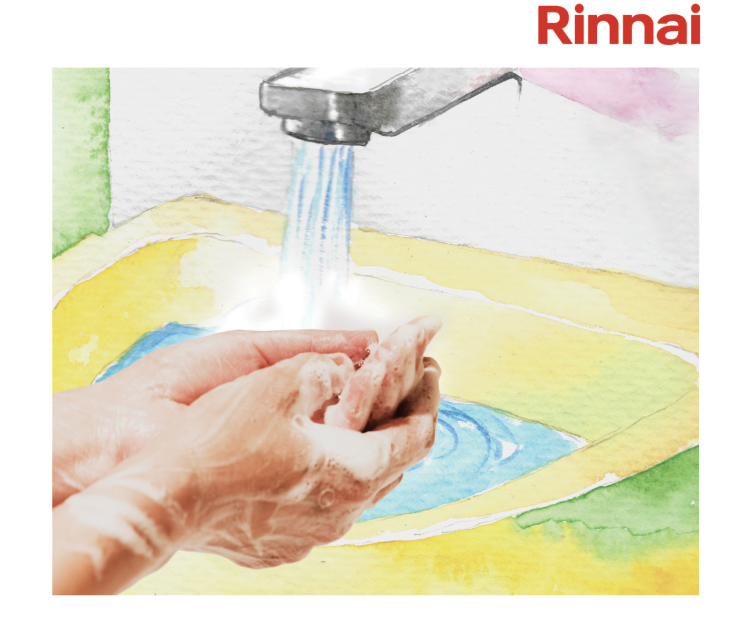
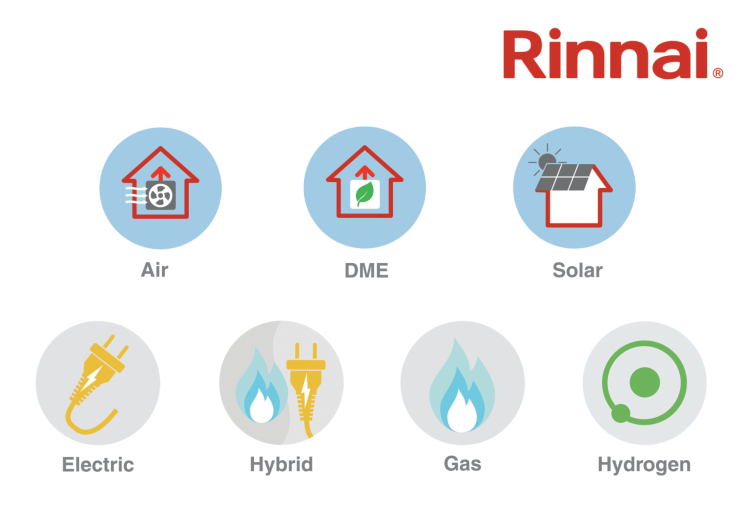
.png)


